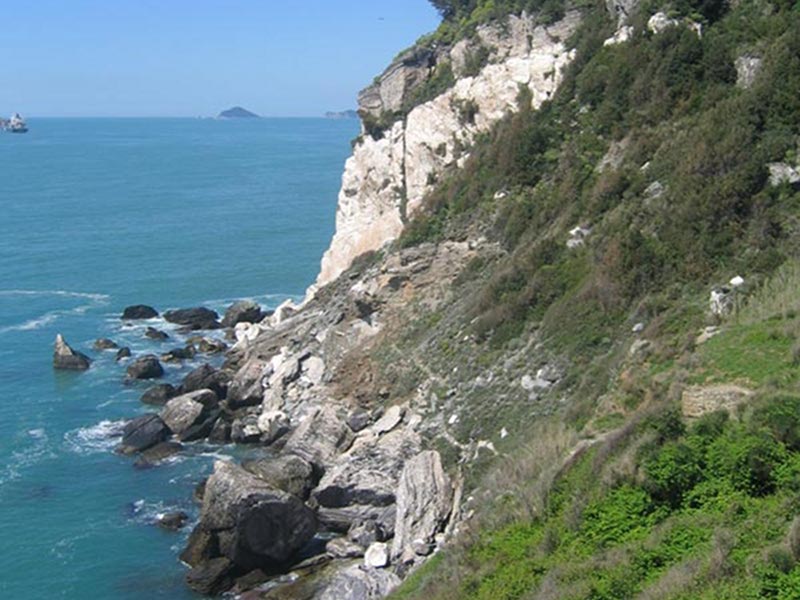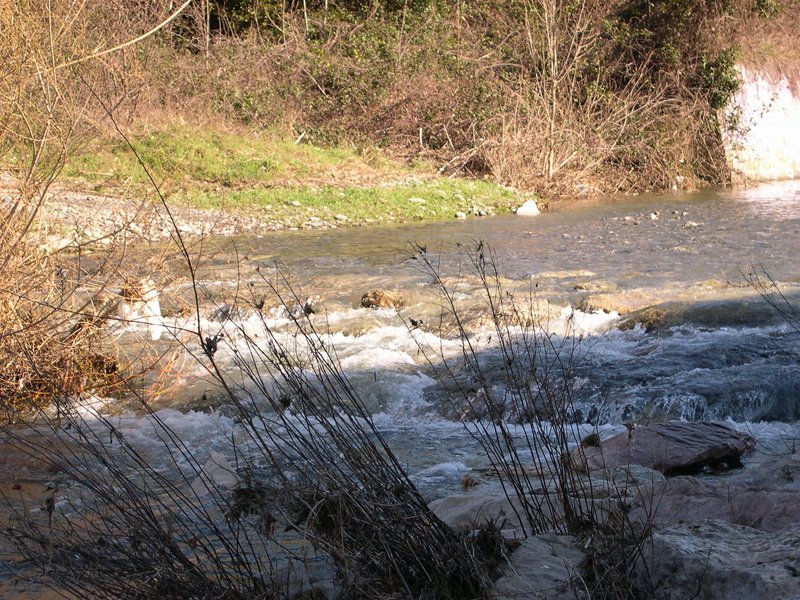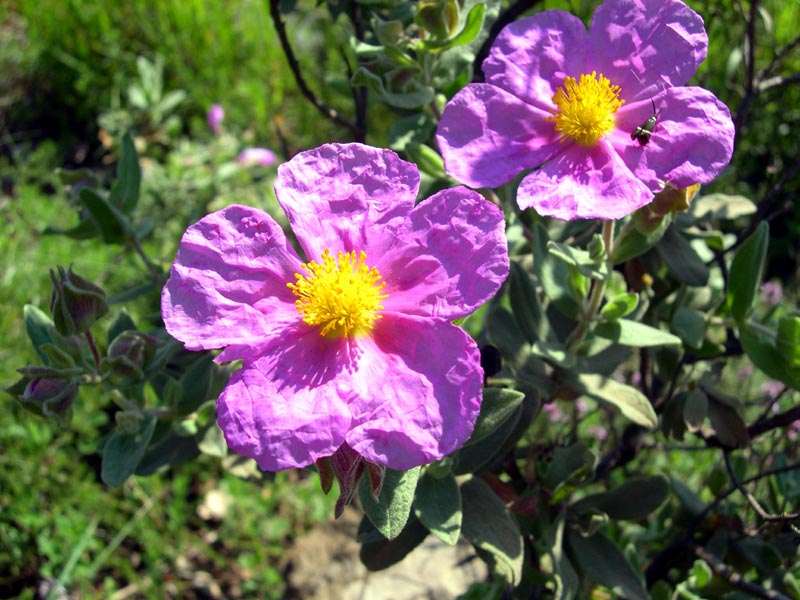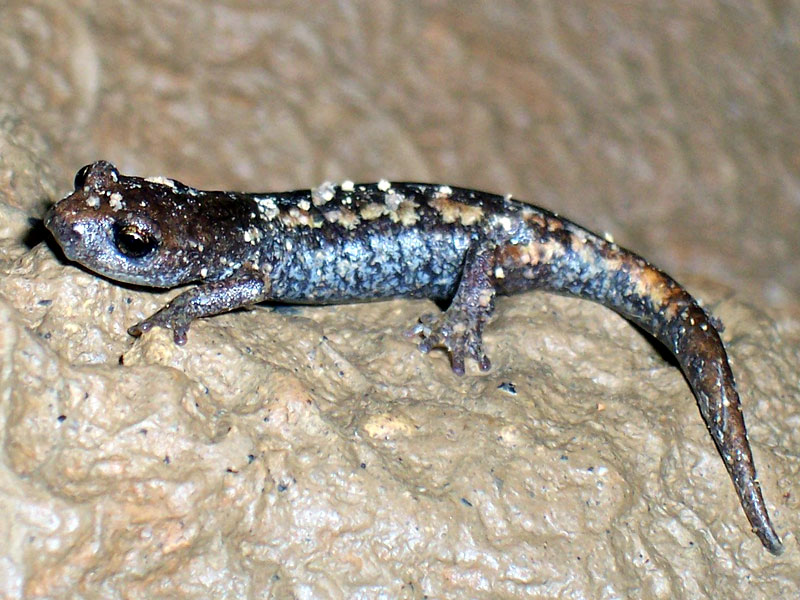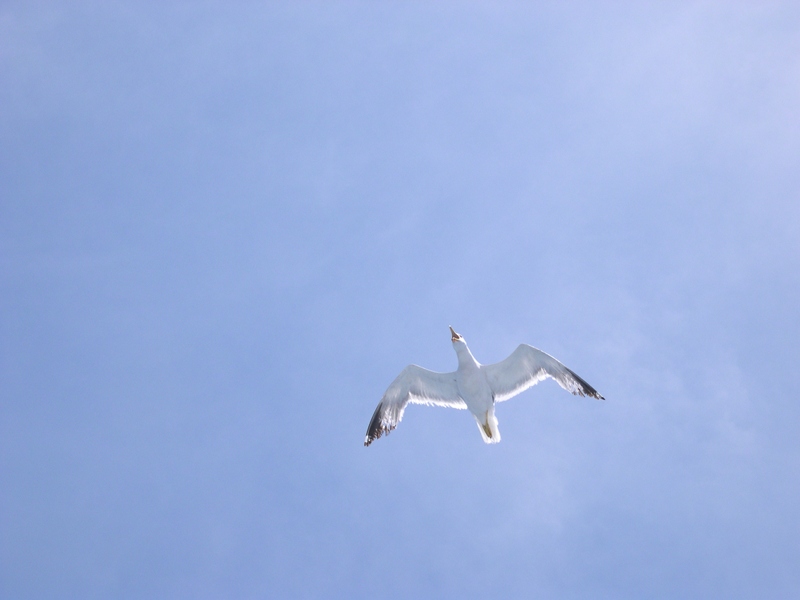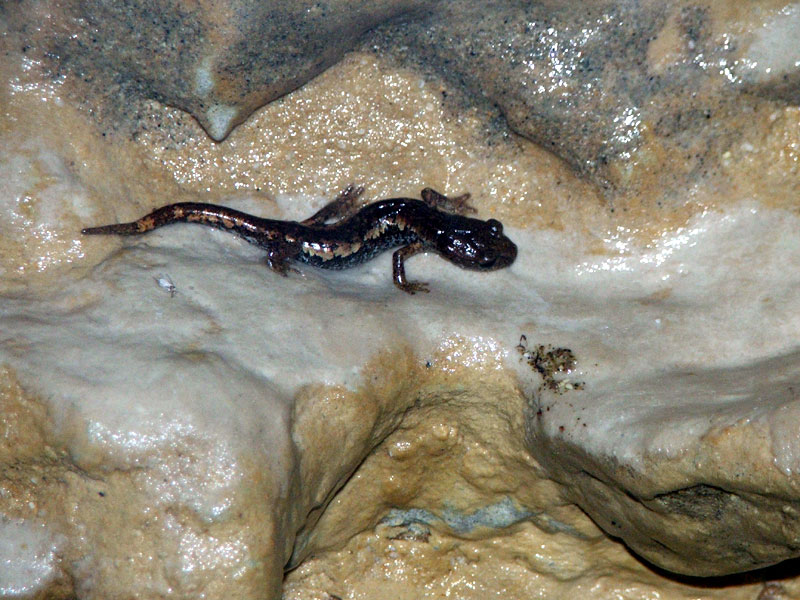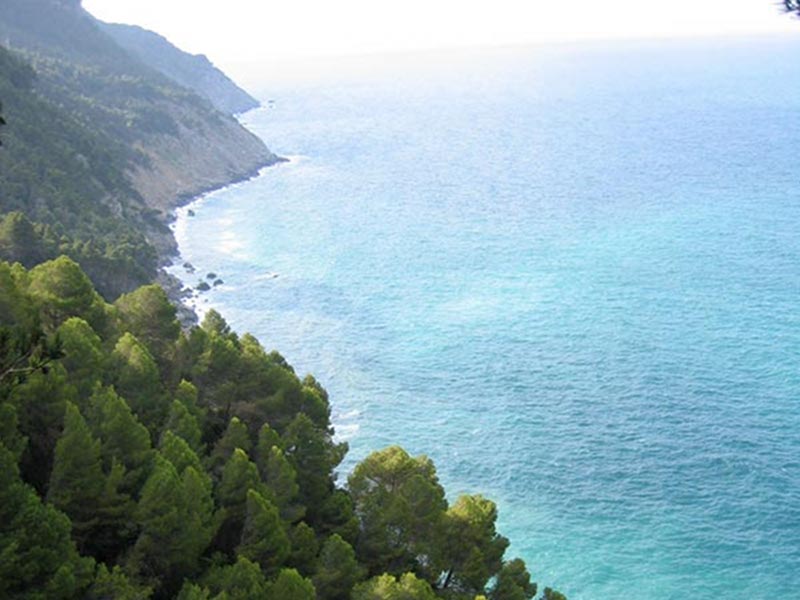Parco Naturale Regionale di Montemarcello-Magra-Vara
www.parcomagra.itProtected Area
Identity Card
- Montemarcello Magra Vara Regional Nature Park:
- Land Surface Area: 4'320.00 ha
- Regions: Liguria
- Provinces: La Spezia
- Municipalities: Ameglia, Arcola, Beverino, Bolano, Borghetto di Vara, Brugnato, Calice al Cornoviglio, Carro, Carrodano, Follo, Lerici, Rocchetta di Vara, Santo Stefano di Magra, Sarzana, Sesta Godano, Vezzano Ligure
- Establishment Measures: LR 12 22/02/1995
- PA Official List: EUAP0968
- Park Authority: Ente Parco di Montemarcello-Magra-Vara
- Further managed Protected Areas:
- ZSC Costa di Maralunga
- ZSC Montemarcello
- ZSC Parco della Magra - Vara
- ZSC Piana del Magra
The Park
The fluvial area includes a stretch of river Magra flowing across the Ligurian territory towards the river Vara -
its main tributary - until Ponte Santa Margherita. The protected area
following the two rivers forms a strip which, even if it reaches in
some points 1,000m of height, is generally quite narrow.
The hilly area of the Park is represented by the area of the Caprione promontory going from Arcola towards the sea to Punta Bianca (Italian text) with harsh and rocky reliefs: on the one side the Gulf of La Spezia and
the open sea, and on the other side the Magra mouth, the Luni plain,
and the Apuane Alps always covered with snow.
The Park includes the territory of 18 Municipalities.
History
Parco della Magra e di Montemarcello became a single institution in 1995 with Legge Regionale di Riordino delle Aree Protette: it was born from the union of the Parco Fluviale della Magra, established in 1982, and the Area Protetta of Montemarcello, established in 1985.
This
law established the creation of the Park Authority which has as its
establishment aim the safeguard of the river, of the faunistic and
botanic heritage, the regulation and the enhancement of the
agricultural activity in the respect of the traditional features. It is
committed to allow the social and economic development of the local
population through a correct use of the natural resources, by also
carrying out interventions of naturalistic-environmental recovery in
areas where often the human activity has led to devastating effects.
The Environment
The River
The river Vara flows across a mainly woody territory and is still well-preserved; the stretch of river Magra running across La Spezia territory gives origin to a large plain intensely cultivated and exploited. The river Vara and Magra represent a unique river environment for Liguria and house a wildlife heritage particularly qualified since it is situated along one of the most important migratory ways for most of the birds linked to the aquatic environments.
The Hills
The two opposite slopes of the Caprione promontory have different environmental features: the coast is rocky and indented where you can see vegetation like Mediterranean maquis, ilex grove, and Aleppo pinewoods. The slope on the river Magra goes gently down towards the plain and it is covered by maritime pines and deciduous tree woods.
Flora
Along the river stretch, the vegetation is mainly characterized by willows and alders (Alnus glutinosa). The riparian willow and the red willow (Salix eleagnos, S. purpurea), and in a few cases, the white willow and the black moul (S. alba, S. triandra), have colonized the riverside and the banks along with the weet spurge, the yellow archangel, the swish purple, the hawthorn, and other species indicating the presence of a rather cool climate.
Thanks to its particular climatic conditions, the hills house a varied flora. Along with several plants of the Mediterranean maquis such as lentisk, ilex tree, myrtle, phyllirea, there are species like the white-leaved rockrose (Cistus albidus) which are of particular scientific interest: on Caprione, it is at the eastern edge of its distribution range and is one of the Park symbols.
Wildlife
The wetland of river Magra can be considered a wildlife sanctuary, since many bird species stop here or spend the winter in the area: among them the gray heron, the purple heron, the little grebe, the bittern, the little bittern, the night heron, the mallard, the pintail, the gadwall, the wigeon, the teal, the garganey, the tufted duck, the moorhen, the lapwing, the black-winged stilt, the sandpiper, the bee-eater, etc.
In the Montemarcello area there are the following mammals: wild boar, hedgehog, squirrel, dormouse, badger, weasel, beech-marten. There are scrub birds (Sardinian Warbler, Sardinian Warbler, Sardinian Warbler), glade birds (hoopoe, goldfinch), wood birds (thrush, robin, chaffinch, lesser spotted woodpecker), pinewood birds (turtle dove, woodpigeon), birds of prey (kestrel, buzzard, eagle owl), sea birds (seagull, tern, gannet, grebe).
In the Park, the minor wildlife (amphibians, reptiles, freshwater invertebrates) plays an important role for the preservation of biodiversity and the maintenance of the biological balances of the natural environment, like for instance watercourses, wetlands, and karst caves.
Among the most significant species, the Sea lamprey (Petromyzon marinus), to which the LIFE P.A.R.C. project is dedicated, develops its biological cycle in the waters of rivers Magra and Vara, one and only certain site in Italy for the reproduction of this species. Also significant the presence of the Apennine Yellow-bellied Toad (Bombina variegata pachypus), bioindicator of the state of health of the river environment and the traditional agricultural landscape of Val di Vara.
Geology
From an orographic point of view, the Magra basin is mainly dominated by mountains. It is possible to recognize the main mountain and hill ridges placed towards the Apennines. The plains of alluvial origin are rather limited; they characterize the morphology of the last stretch of the watercourse and of some areas near Pontremoli, Aulla, and Brugnato.
The geological frame is quite complex since there are different sedimentary strata and particular tectonic events.
Within the basin, most of the formations belong to the Ligurian allochthonous, or the Tuscan layer. The metamorphic autochthonous layer of Apuane and the one of the basement outcrop in not very large areas, near Punta Bianca (Italian text).
Archaeology and Art
The town of Montemarcello watches over, from Caprione promontory, both
the Gulf of La Spezia and the mouth of the river Magra with the
homonymous valley and the coastline of Versilia. Of particular interest
is the structure of the district, with its narrow streets reminding of
a Roman "castrum". Part of the walls built around the town in the 15th
century can still be seen, together with a circular tower.
In the
Caprione area, from Zanego to Serra, at least 400 "cavanei" have been
counted: they are dry-stone wall buildings similar to the Sardinian
nuraghi. Their function is not yet clear, they might be funerary
buildings.
Finds of ancient remains on the Caprione promontory and
in the Vara valley (Zignago) demonstrate the existence of pre-Roman
settlements (Liguri Apuani) in the territory.
The medieval history
can be traced back in the villages of the Vara valley which watched
over the valley, the roads, and the river, protected by towers and
monumental entrances. Of course, in this valley characterized by
history, the castles cannot miss.


